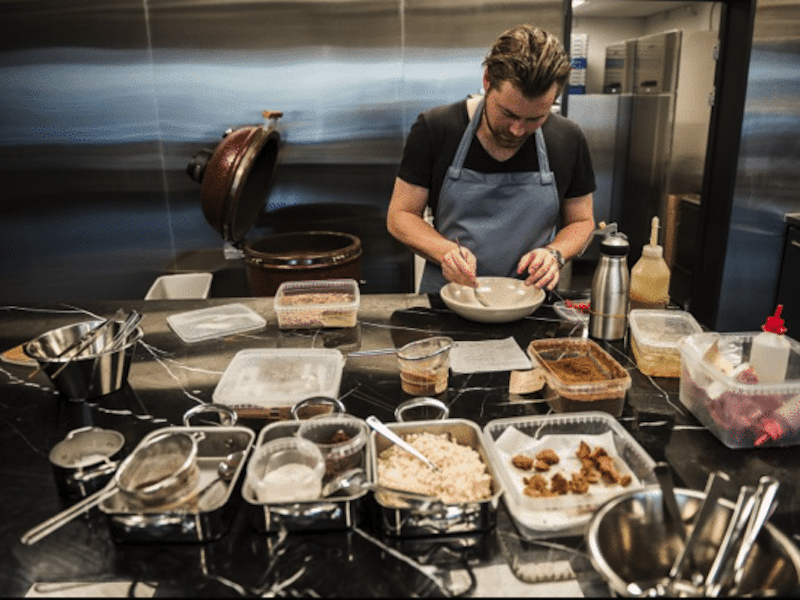The Danish Chef of No. 2 in Copenhagen talks about the future of gourmet middle-class restaurants and eco-friendly cooking.
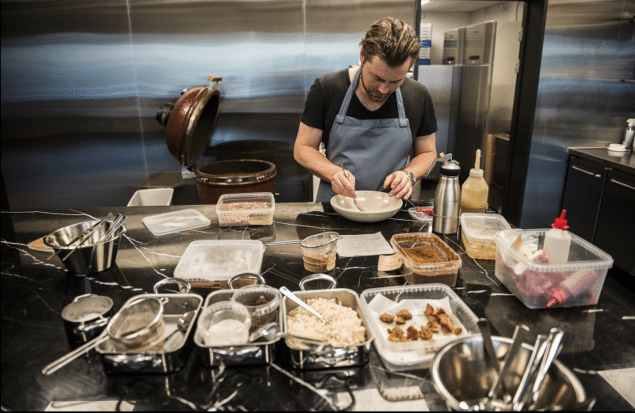
When it comes to spectacular dining experiences Denmark is definitely on the where-to-go list of foodies worldwide. The subtle approach to cooking has garnered the Nordic kitchen worldwide praise and accolades.
Unfortunately, eating at highly praised luxury restaurants – especially in the Northern part of Europe – can cost a pretty penny, leaving the experience only possible for the middle class to indulge in from time to time, forcing them to settle for simply admiring the appetizing photos posted throughout social media throughout remains.
But around five years ago a new trend started in Copenhagen, where luxury restaurants opened more affordable restaurants in order to cater to a more diverse clientele. The same quality of ingredients for only a fraction of the price and without having to book your table three months in advance. Like when Spanish star chef David Muñoz of 3* Michelin restaurant DiverXO, in 2012 opened the highly popular StreetXO.
Denmark has been a strong proponent of this movement with 2* Michelin awarded restaurant AOC being amongst the first when they opened the doors to Nordic luxury bistro No. 2 in August of 2014.

No. 2 with a No. 1 team
The bar was set high from the very beginning with No.2. AOC-famed Danish sommelier restaurateur Christian Aarø and Chef Søren Selin fronted the restaurant that’s located in the middle of Copenhagen’s financial district. With a clear view of the Copenhagen canals from every side of the building it almost feels like you are dining on water. The flickering lights from the traffic in the harbour and neighborhoods are multiplied in the sloping and glossy surfaces of the architectural masterpiece the Black Diamond (The Royal Library of Denmark), and especially transform the sunset into a stunning visual to accompany your dining experience.
35-year-old Nicolaj Køster who has been with the AOC-sister restaurant from the beginning leads the kitchen. Originally working in a bank, at the age of 24 he grew tired of the tedious 9-5 suit and tie life and turned to his passion;
“I always found it very interesting to cook, but I didn’t have that many relations to it”, Nicolaj explains.” I started the preliminary chef school and got my first internship at a luxury restaurant in Copenhagen. A while after, in August 2010, I was offered to start on a new project which was AOC. I stayed there for another one and a half years while I finished my internships. After that I worked at Pluto and Umami, before finally being offered to come back to the family in the early summer months of 2014 to head up the kitchen in No. 2.”
No. 2 was created for the purpose allowing everyone to come by. It follows the unwritten rules of the Nordic cuisine, by keeping it simple with delicious local produce without the dogmatism popularized by the likes of Noma and Amass. “It’s simple but with an element of surprise”, as Nicolaj puts it.
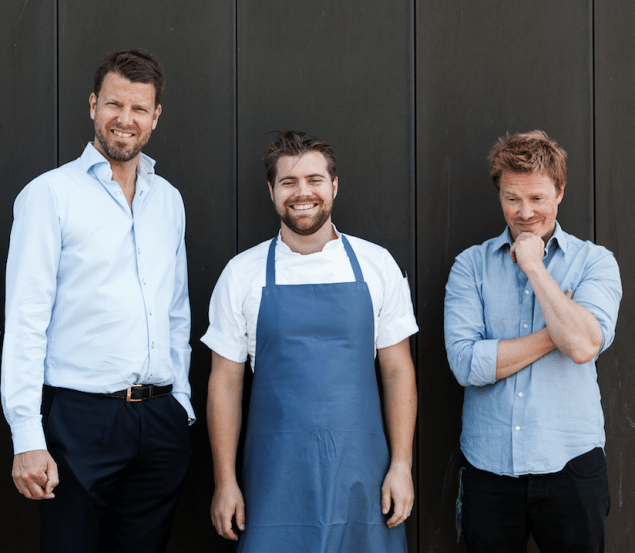
High expectations and inspirations
The preliminary idea for No. 2 was to model it after a classic French bistro with a Scandinavian twist. The aquatic surroundings gave the creative team the idea to focus on fish and shellfish, but the final decision ended up being more gourmet than bistro, with equal amounts of meat and fish on the menu. Unlike it’s older brother, which only offers a set tasting menu, No. 2 gives diners the opportunity to go for the 6 course tasting menu for approximately $75 (with a slightly cheaper option during lunch), or to choose freely between the 12 dishes on the a la carte menu.
The menu is different from that of AOC, but Nicolaj explains that what connects the two together are the basic principles and techniques used in the kitchen. When they first opened Nicolaj and Søren each made half of the menu, but as time has passed more and more of the menu preparation has fallen to Nicolaj with Søren moving to more of a creative sparring partner.
“I would describe the menu as honest and recognizable with each course telling their own story. We use a lot of wild herbs and we don’t limit ourselves to the season. It’s not all about celery, kale and beetroot during the winter, cause working in a Danish kitchen you grow tired of that pretty quickly”, he explains and adds that they for example use pickled versions of ingredients out of season to add some flavor to the courses. “This ensures you get more flavors all year around.”
“I always have a tartar on the menu, that I cut by hand which is pretty unorthodox, but this is the honesty I was talking about. We don’t focus much on masking the different ingredients we use”, Nicolaj says and explains he still does not have a signature dish. “Some would probably call the tartar my signature, but I also constantly change that with the garnish and sides. But in general looking at the same dish for a longer period of time annoys me. I find that it is incredibly uninspiring.”

Nicolaj gets his inspiration from his love of cooking. He frequently eats out and gets inspired by other chefs and how they use produce, and then uses this inspiration to create brand new dishes. He also talks a lot to his vendors, who he says have a lot of good ideas;
“When we get the fresh produce delivered, be it from the butchers, the vegetable vendors or the herb seller it’s very inspiring to talk to them. They know their products better than anyone else, so they can often contribute with visions and ideas as to how to use their products in the best way. I think being inspired by other chefs and the people who bring you your products is totally fine. You just have to tweak it to make it your own so it falls in line with your DNA as a chef. But in general I keep myself up to date with what’s going on in the world.”
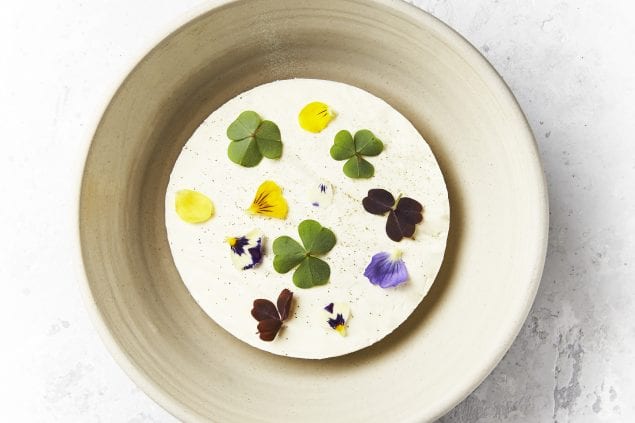
Evolving food trends
Nicolaj Køster points out that the birth of No. 2, and the “cheaper” restaurants alike was caused by technological and economical factors. Michelin-starred restaurants are infamously known for not making a profit, with chefs and financial partners mainly focusing on critical acclaim and accolades rather than making a profitable restaurant. This, combined with the recession and the rise of social media were driving forces for high end restaurants to open more affordable eateries.
“If you combine the fact that Michelin-starred restaurant don’t make a profit with the recession, you all of a sudden have a problem. Companies can no longer afford to go on expensive business dinners, but if you in some way can create a menu for a fraction of the price without compromising your quality, then you can still make it work”, Nicolaj says and also explains the importance of social media.
“Around the same time you also have the rise of social media and especially Instagram, which is fronted by Generation X and Millenials, who don’t always have the money to go visit fancy restaurants. You definitely want to get the younger clientele in from the beginning, and you do that with a middle class restaurant, that is in the higher end of quality. Just because AOC is more expensive than No. 2, doesn’t necessarily make it any better. It’s two different things. But I think in the end it’s a win-win situation, where restaurateurs can make a bigger profit and get more guests in, while people can go to an affordable restaurant and get a sublime dining experience that is also visually pleasing.”
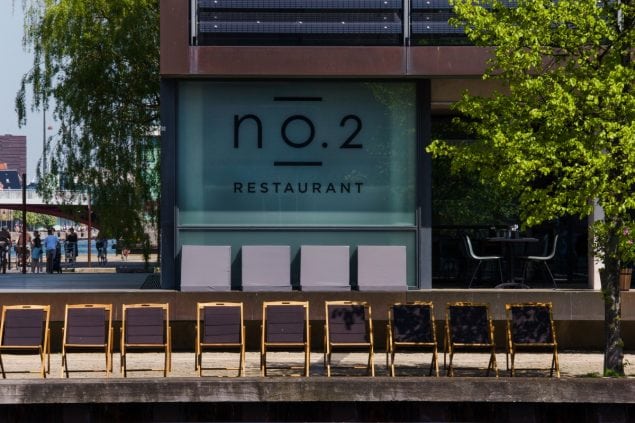
With Denmark being one of the countries held in the highest regard when it comes to food innovation, Nicolaj hopes that the Danes will kick start the next trend in food instead of following it. He believes coming trends will focus more on sustainability and eco-friendliness: two things the Danish cuisine is already pretty well known for.
“The Nordic kitchen is here to stay. Our way of cooking starts from our love of being environmentally friendly. I think in the future we will look more down upon restaurants that don’t focus on slow-food and sustainability. It’s doesn’t matter what type of kitchen you have – for example you can easily make a version of Japanese food out of Danish produce. Look to your local suppliers and producers and producers, and use this as your inspiration”, Nicolaj says, and explains that the slow-food movement is not new, but that more and more restaurants should focus more on it when they build their menus.
“In Denmark we are really good at focusing on zero-waste and I hope that this is one of the areas where we will be regarded as trendsetters, because a lot of eyes are already on us as an inspiring gastro-nation, and maybe that can lead to international restaurants also following. It challenges your creativity while being sustainable which is great for everyone.”

No. 2 – Nicolai Eigtveds Gade 2 – 1402 København K – +45 33 11 11 68 – www.nummer2.dk






